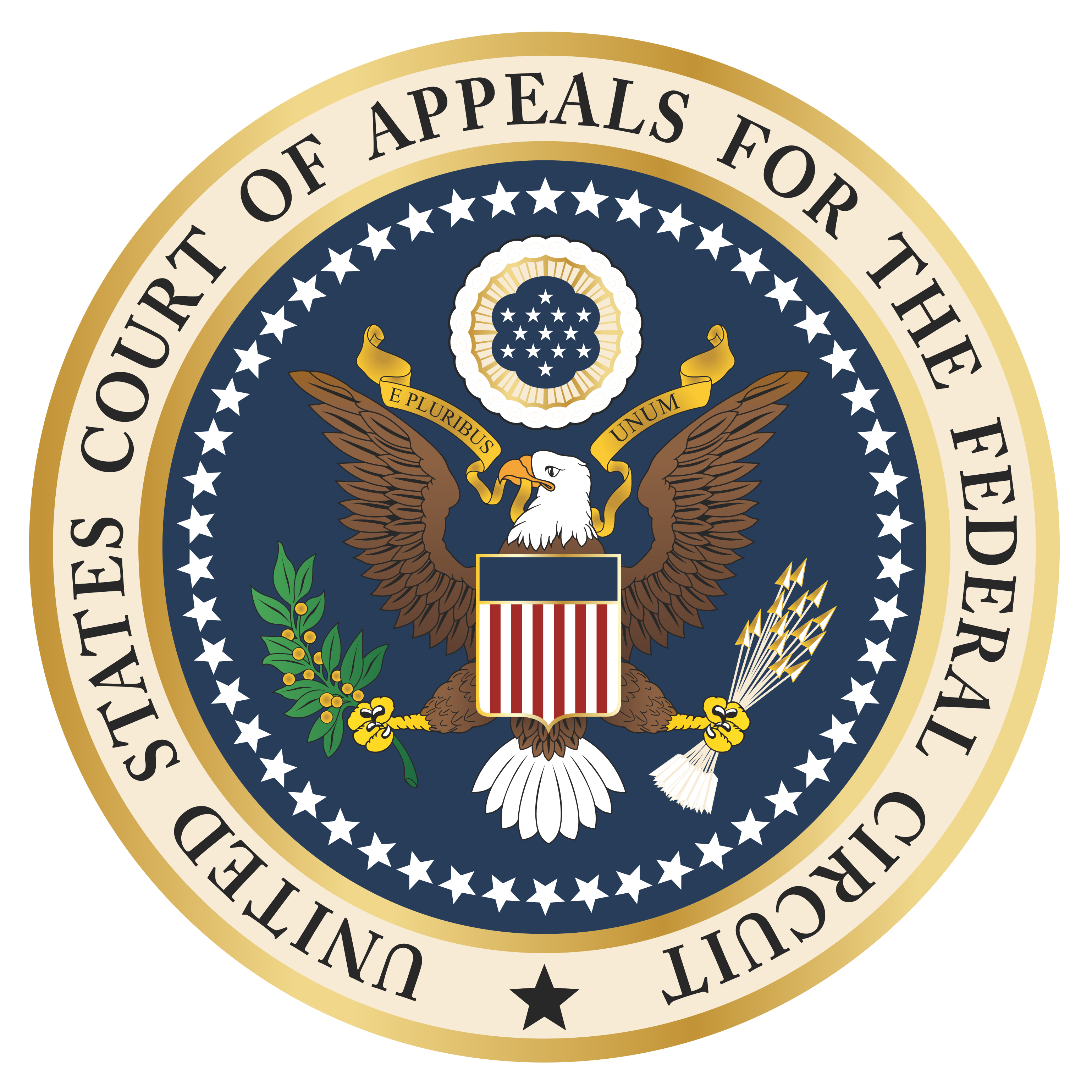
Okay, here is a 1200-word journalistic article in English on the Federal Trust Responsibility to Tribes.
The Enduring Promise: Navigating the Federal Trust Responsibility to Tribes
In the intricate tapestry of American governance, few concepts are as foundational, yet as frequently misunderstood and challenged, as the Federal Trust Responsibility to Native American tribes. It is a legal and moral obligation, born from centuries of treaties, Supreme Court decisions, and legislative acts, that binds the United States government to protect tribal lands, resources, self-governance, and the well-being of Native peoples. Far from a mere historical relic, this trust responsibility remains a living, evolving, and often contentious framework that shapes the daily lives of millions and underpins the very sovereignty of tribal nations within the United States.
At its core, the trust responsibility is the government’s duty to act as a fiduciary for Native American tribes and their members, safeguarding their interests much like a trustee manages assets for a beneficiary. This unique relationship stems from the fact that tribes, in exchange for vast tracts of land and peace, ceded their aboriginal claims to the United States, retaining inherent sovereign powers that predate the formation of the republic. The federal government, in turn, committed to protecting these remaining lands, providing essential services, and upholding the inherent rights of tribal self-governance.
A Historical Compact: From Treaties to Courtrooms

The origins of the trust responsibility are deeply rooted in the earliest interactions between European colonizers and Indigenous nations, evolving from principles of international law concerning sovereign entities. However, its most definitive legal articulation emerged in the early 19th century through the landmark Supreme Court decisions authored by Chief Justice John Marshall. In Cherokee Nation v. Georgia (1831) and Worcester v. Georgia (1832), Marshall famously described tribes as "domestic dependent nations" and their relationship with the federal government as akin to "that of a ward to its guardian." This paternalistic yet protective framing established the legal precedent that the federal government, not individual states, held primary authority over tribal affairs and a solemn duty to protect tribal interests.
Hundreds of treaties signed between the U.S. government and tribal nations throughout the 18th and 19th centuries further cemented this relationship. These treaties, recognized under the U.S. Constitution as the "supreme Law of the Land," often involved tribes ceding territory in exchange for guaranteed land bases, annuities, and promises of protection and services. These promises, such as provisions for education, healthcare, and resource management, became fundamental components of the trust responsibility.
Yet, the history of this trust is fraught with betrayal and broken promises. The era of forced removal, the devastating General Allotment Act of 1887 (Dawes Act) which stripped tribes of millions of acres of land, and the mid-20th century "Termination Era" that sought to dissolve tribal governments altogether, represent profound failures of the federal government to uphold its fiduciary duties. These policies caused immense suffering, economic devastation, and cultural loss, underscoring the precariousness of the trust relationship when political expediency overshadowed legal and moral obligations.
The Scope of the Obligation: Land, Resources, and Well-being
Today, the trust responsibility manifests in a myriad of ways, encompassing nearly every aspect of tribal life and governance. Its scope is broad and multi-faceted:
-
Land and Natural Resources: The federal government is obligated to protect tribal lands and resources, including water rights, timber, minerals, and fishing and hunting rights. This involves managing lands held in trust for tribes (approximately 56 million acres) and ensuring that tribal resources are not exploited or damaged. This duty extends to complex issues like environmental protection on tribal lands and defending tribal water rights in the face of competing demands.
-
Healthcare: The Indian Health Service (IHS), an agency within the Department of Health and Human Services, is tasked with providing healthcare services to American Indians and Alaska Natives. This obligation stems directly from treaty promises and the trust responsibility. However, the IHS is notoriously underfunded, leading to significant health disparities, limited access to care, and chronic staff shortages in tribal communities. A stark fact: the per capita spending on healthcare for Native Americans through IHS is significantly lower than for federal prisoners or the general population through other federal programs.
-
Education: The Bureau of Indian Education (BIE), part of the Department of the Interior, oversees a system of schools for Native American children. The federal government is responsible for ensuring adequate educational opportunities, curriculum development, and facility maintenance for these schools, often located in remote areas. Like healthcare, BIE schools often face chronic underfunding and struggle to meet the needs of their students.
-
Economic Development: The trust responsibility implies a duty to foster tribal economic self-sufficiency, which includes managing trust assets, supporting business development, and ensuring fair compensation for the use of tribal resources.
-
Self-Governance and Sovereignty: Perhaps most importantly, the trust responsibility requires the federal government to respect and uphold tribal sovereignty. This means engaging with tribes on a government-to-government basis, consulting with them on policies affecting their communities, and supporting their inherent right to self-determination and self-governance. The Indian Self-Determination and Education Assistance Act (ISDEAA) of 1975 was a pivotal piece of legislation that empowered tribes to contract with the federal government to administer their own programs and services, shifting away from direct federal control.

Challenges and Criticisms: A Trust Under Strain
Despite its profound importance, the federal trust responsibility is perpetually under strain. Chronic underfunding across critical sectors like healthcare, education, and infrastructure is a persistent issue. Many argue that the government has failed to adequately appropriate the resources necessary to meet its treaty obligations, leading to dire social and economic outcomes in many tribal communities.
The sheer bureaucracy involved in federal-tribal relations can also be a significant impediment. The Department of the Interior, particularly the Bureau of Indian Affairs (BIA), has historically been criticized for mismanagement of tribal assets and for acting in a paternalistic rather than truly fiduciary manner.
A powerful illustration of this mismanagement came to light in the landmark class-action lawsuit, Cobell v. Salazar. Filed in 1996 by Elouise Cobell (Blackfeet), the lawsuit alleged that the federal government had mismanaged over a century of trust funds belonging to individual Native Americans, specifically revenues from oil, gas, grazing, and timber leases on allotted lands. After more than a decade of litigation, the case was settled in 2009 for $3.4 billion, acknowledging the government’s "gross mismanagement" and establishing a fund for historical accounting and tribal land consolidation. As Elouise Cobell herself stated, the settlement was "a victory for justice, and for all of Indian Country. This settlement will help our people heal and move forward." This case highlighted the tangible, real-world impact of the federal government’s failure to adequately fulfill its trust duties.
Furthermore, the concept of "plenary power" – the idea that Congress holds ultimate authority over tribal affairs – often clashes with the principle of tribal sovereignty. While the Supreme Court has affirmed tribal inherent sovereignty, the tension between congressional power and tribal self-determination remains a complex legal and political battleground.
The Path Forward: Self-Determination and Honor
In recent decades, there has been a significant shift towards recognizing and empowering tribal self-determination, moving away from the assimilationist policies of the past. The government-to-government relationship is now the stated policy, emphasizing respect for tribal sovereignty and the need for meaningful consultation. Tribes are increasingly taking control of their own destinies, administering federal programs, developing their economies, and revitalizing their cultures and languages.
However, true fulfillment of the trust responsibility requires more than just policy statements. It demands consistent political will, adequate and sustained funding, and a genuine commitment to partnership. It means honoring treaty obligations, addressing historical injustices, and proactively supporting tribal efforts to build healthy, prosperous, and self-sufficient communities.
The federal trust responsibility is not charity; it is a legally binding obligation rooted in historical agreements and constitutional law. It represents a sacred promise made by the United States to the original peoples of this land. As the nation grapples with its past and strives for a more equitable future, understanding and upholding this enduring promise is not merely a legal requirement, but a moral imperative central to the integrity of American democracy and the pursuit of justice for all its citizens. The journey toward fully honoring this trust continues, a testament to the resilience of tribal nations and a constant reminder of the unfinished work of American history.


